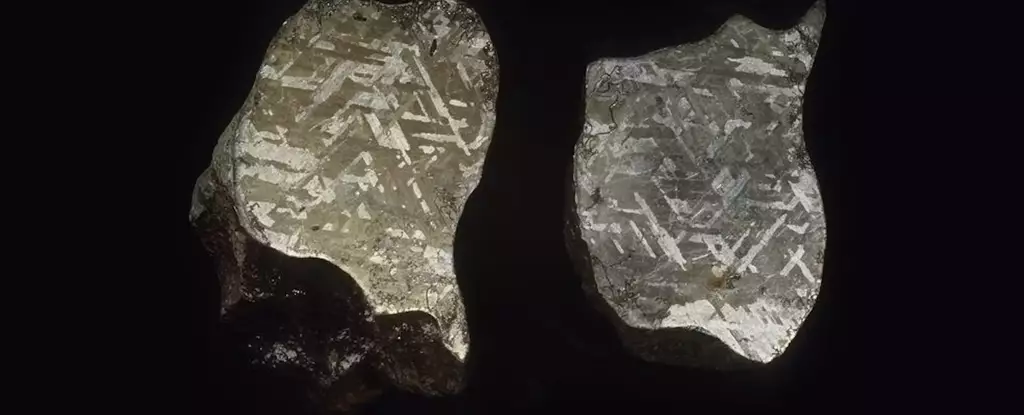The formation and evolution of Earth and other planets in our Solar System has long been a topic of fascination and study for planetary scientists. One of the key methods used to gain insights into these processes is by examining rocks from space. While obtaining these rocks is a challenging task, researchers have found a unique source of information in the form of meteorites that fall to Earth.
Meteorites, which are relatively rare, provide researchers with valuable insights into the composition of celestial bodies. In a recent study, scientists analyzed glass fragments from a 5,000-year-old meteorite impact site in the Northern Territory. These glass fragments contained a significant amount of metal from the meteorite itself, shedding light on the composition of the intruder and the process of crater formation.
The Nature of Cosmic Glass
Natural glass, such as obsidian produced in volcanoes, is found in various geological settings. Glass formed as a result of lightning strikes and asteroid impacts requires careful analysis to determine its origin. By studying glass fragments from the Henbury crater field in the NT, researchers were able to uncover valuable information about the meteorite responsible for the impact and the unique composition of the glass formed during the event.
The forensic analysis of glass samples from the Henbury crater field revealed high levels of iron, nickel, and cobalt, indicating a significant contribution from the meteorite itself. The presence of elements such as chromium and iridium, which are rare in Earth’s surface rocks, further confirmed the cosmic origin of the glass fragments. This finding provides valuable evidence of an impact event involving a celestial object.
The discovery of meteorite residue in natural glass serves as a crucial method for confirming impact events on Earth. While many circular features on the planet’s surface may resemble craters, the presence of meteoritic elements in glass provides unambiguous proof of an asteroid strike. This method can help researchers differentiate between impact-related features and other natural formations.
As space agencies continue to explore celestial bodies, including Mars, asteroids, and the Moon, the collection of rock samples from these locations is a top priority. However, the study of cosmic glass from impact sites on Earth offers a unique opportunity to understand the geological history of our planet and its interactions with extraterrestrial bodies. By examining bush glasses and other natural glass formations, scientists can uncover new clues about our cosmic heritage.
The analysis of cosmic glass from meteorite impact sites provides valuable insights into the composition of celestial bodies and the processes that shape our Solar System. By studying these unique geological formations, researchers are able to unlock the mysteries of our planetary history and gain a deeper understanding of the forces that have shaped our world.


Leave a Reply